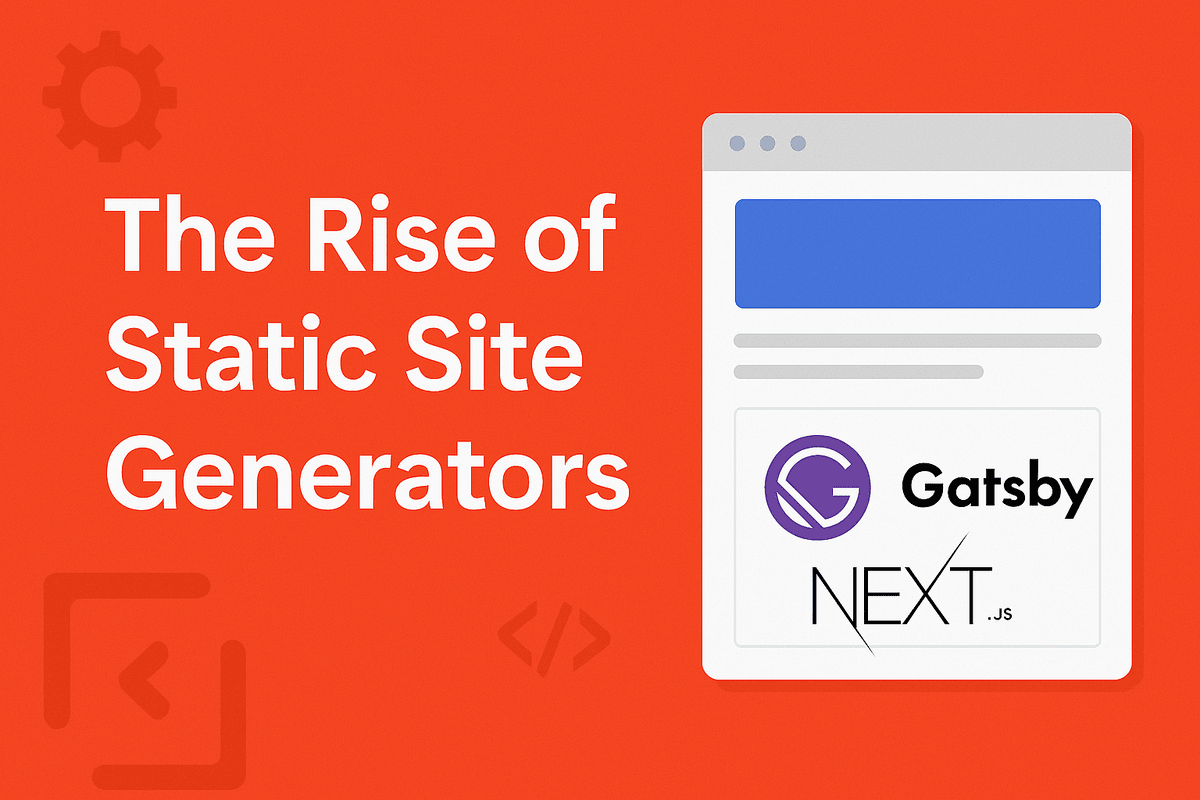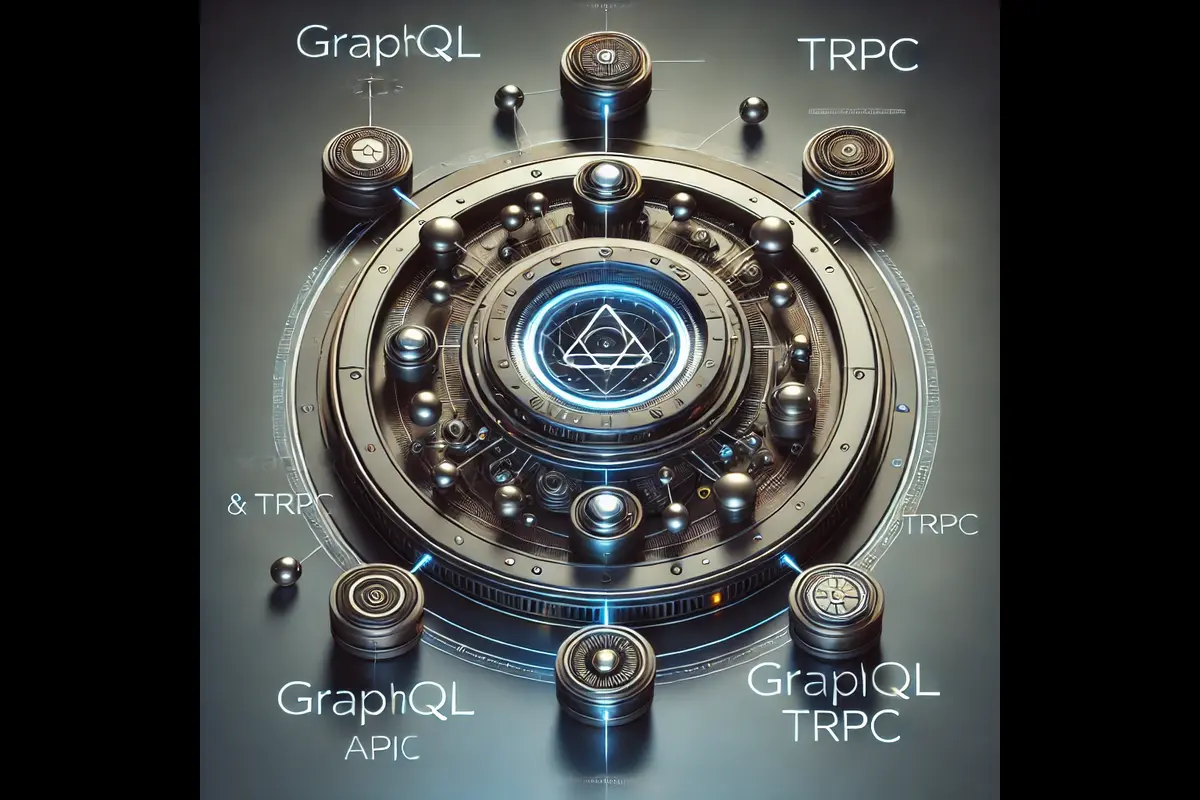How Static Site Generators Are Revolutionizing Web Development
In the ever-evolving world of web development, static site generators (SSGs) have carved out a significant niche. Whether you’re a developer, designer, or just someone who enjoys a fast-loading website, static site generators like Gatsby and Next.js are reshaping how we build online experiences. Let’s explore the benefits, drawbacks, and some real-world scenarios that illustrate their impact.
What Are Static Site Generators?
Static site generators are tools that transform plain text files into fully functional websites. Unlike traditional dynamic websites that rely heavily on server-side processing for each page request, static sites pre-build pages during deployment. This results in incredibly fast page loads, enhanced security, and easier scalability.
Benefits of Using Static Site Generators
1. Blazing Fast Performance
Because the content is pre-built and served as static files, pages load quickly. This is particularly beneficial for users on slow networks or mobile devices. For example, a blog built with Gatsby can serve its content in milliseconds, making for a smoother user experience.
2. Enhanced Security
Static sites don’t rely on databases or server-side code that can be exploited. This simplicity reduces the risk of common web vulnerabilities like SQL injections. For a small business website built with Next.js, this means less worry about security breaches and a smaller maintenance overhead.
3. Simplicity and Scalability
Without the need for complex back-end systems, static sites are easier to deploy and scale. They can be hosted on any server or even on a content delivery network (CDN). An e-commerce site using Next.js for its marketing pages can handle sudden traffic spikes without additional infrastructure complexity.
4. Developer Experience and Modern Tooling
Both Gatsby and Next.js offer modern development tools, hot reloading, and a wealth of plugins that streamline the process of building a site. This means developers can focus more on creating engaging content rather than worrying about server configurations.
Drawbacks to Consider
1. Build Time Complexity
For very large websites with thousands of pages, the build process can take a significant amount of time. Imagine a news website that updates hundreds of articles daily; the build process might slow down the deployment schedule.
2. Limited Dynamic Capabilities
Static site generators shine for content that doesn’t change frequently. However, if your site requires real-time data or frequent updates, such as a live chat feature or dynamic user dashboards, relying solely on static generation might not be ideal. Developers often need to integrate APIs or serverless functions to bridge this gap, which can complicate the architecture.
3. Learning Curve and Plugin Ecosystem
While modern frameworks provide excellent documentation and community support, there’s still a learning curve involved. Developers new to Gatsby or Next.js might find the initial setup and plugin ecosystem a bit overwhelming until they get the hang of it.
Real-World Use Cases and Examples
Gatsby in Action: A Personal Blog
Imagine you’re a freelance writer who wants to build a personal blog. Gatsby could be your go-to choice. With its rich ecosystem of plugins and integrations (like sourcing content from Markdown files or a headless CMS), you can quickly set up a beautiful, fast-loading site that impresses readers and potential clients alike. The ease of deployment to platforms like Netlify means you can focus on writing rather than technical hassles.
Next.js for Business Websites
Next.js offers a hybrid approach, allowing you to generate static pages while also supporting server-side rendering (SSR) when needed. For example, a startup’s landing page might be built as a static site for speed and SEO benefits, but when a user navigates to a detailed product page that requires fetching live data, SSR can kick in to provide up-to-date information. This flexibility makes Next.js particularly appealing for businesses that need both performance and dynamic functionality.
Combining the Best of Both Worlds
Some developers even combine static site generation with client-side interactivity. A popular use case is building a documentation site with Gatsby, where the content is static but interactive examples and live code editors enhance the learning experience. This hybrid approach offers a balance between speed and interactivity, catering to modern web user expectations.
Conclusion
Static site generators like Gatsby and Next.js are not just trends—they represent a shift towards faster, more secure, and scalable web development. They empower developers to create efficient and appealing websites while reducing complexity and potential security risks. However, as with any technology, it’s essential to weigh the benefits against the drawbacks. Understanding your project’s needs and how often your content updates will help you decide if a static site generator is the right tool for the job.
By embracing these modern frameworks, both seasoned developers and newcomers can deliver robust, high-performance sites that stand out in today’s fast-paced digital landscape. Whether you’re building a personal blog or a business website, the rise of static site generators offers exciting possibilities to explore and implement.








